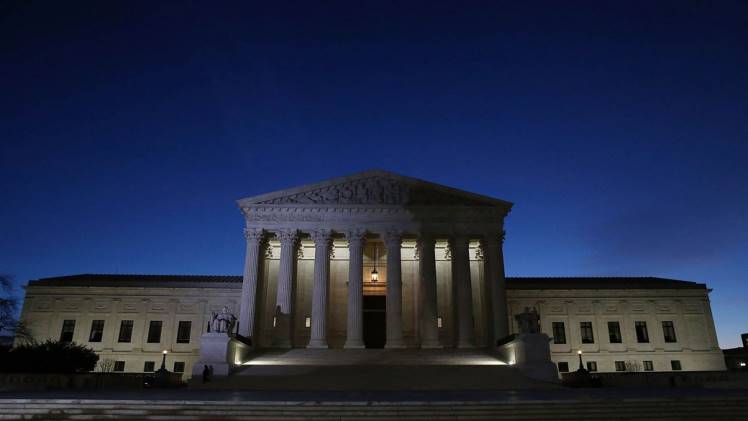Balancing Jurisdiction: The Interplay Between Federal and State Court Systems – Judge Charles Burns

Introduction:
The United States has a dual court system comprising federal and state courts, each with its own distinct jurisdiction. The interaction between these two court systems is a fundamental aspect of the U.S. legal framework. What does Judge Charles Burns say about this?
Distinct Jurisdictions:a
- Federal Court System: The federal court system is responsible for handling cases that involve federal laws, constitutional issues, disputes between states, and certain types of cases where the parties are from different states (diversity jurisdiction). It includes the U.S. Supreme Court, U.S. Courts of Appeals, and U.S. District Courts.
- State Court System: The state court system is responsible for handling cases that primarily involve state laws, including criminal cases, civil disputes, family matters, probate, and contract disputes. Each state has its own court system, typically consisting of trial courts, appellate courts, and a state supreme court.
Cases Involving Federal and State Laws:
- Exclusive Federal Jurisdiction: Certain types of cases fall exclusively within the jurisdiction of the federal courts. These include cases involving federal crimes, bankruptcy, patent and copyright issues, admiralty and maritime law, and lawsuits against the federal government.
- Exclusive State Jurisdiction: Many cases fall exclusively within the jurisdiction of state courts. These include most criminal cases, divorce and family law matters, probate and estate proceedings, and issues related to state-specific laws and regulations.
- Concurrent Jurisdiction: Some cases can be heard in either federal or state courts, known as concurrent jurisdiction. This occurs when a case involves both federal and state laws, or when the parties have the option to choose between federal or state courts. In such instances, the plaintiff can decide where to file the case, considering factors such as legal strategy, convenience, or the nature of the dispute.
Interactions and Relationships:
- Removal and Remand: If a case is initially filed in state court but involves a federal question or other factors that give rise to federal jurisdiction, the defendant may choose to remove the case to federal court. Conversely, if a case is filed in federal court but lacks federal jurisdiction, it may be remanded to state court.
- Appeals: Decisions made by state courts can be appealed to federal courts if they involve federal constitutional issues or federal law interpretations. Conversely, decisions made by federal district courts can be appealed to federal appellate courts and, in some instances, to the U.S. Supreme Court.
- Precedents and Guidance: State courts may look to federal court decisions, especially those made by higher federal courts, for persuasive authority when interpreting federal laws or constitutional issues. Similarly, federal courts may look to state court decisions for guidance on interpreting state laws.
- Cooperation and Collaboration: Federal and state courts often collaborate and cooperate in matters such as sharing information, coordinating efforts, or resolving jurisdictional conflicts. For instance, federal and state courts may work together in cases involving complex legal issues or multiple parties with overlapping claims.
Finally, the interaction between the federal and state court systems in the United States is a dynamic and complex relationship. While federal courts primarily handle cases involving federal laws and constitutional issues, state courts handle matters primarily related to state laws. However, there are instances of concurrent jurisdiction where cases can be heard in either federal or state courts. Understanding the interplay between these court systems is crucial for navigating the legal landscape and ensuring the proper application of laws at both the federal and state levels.





